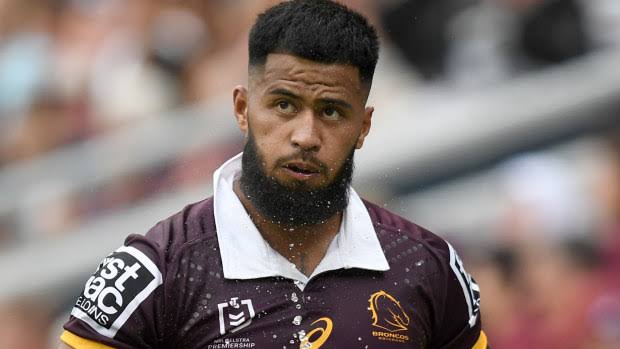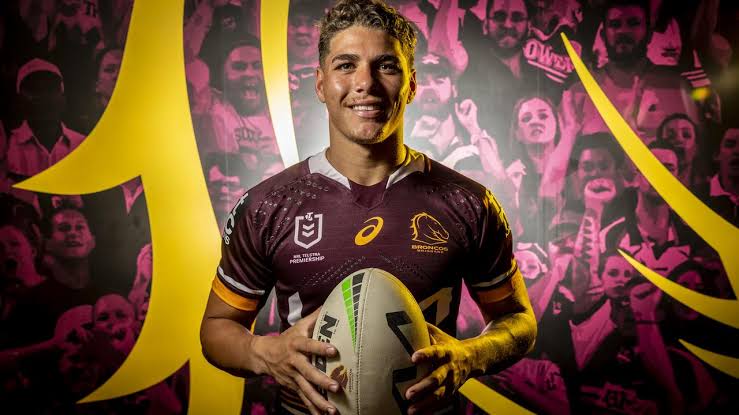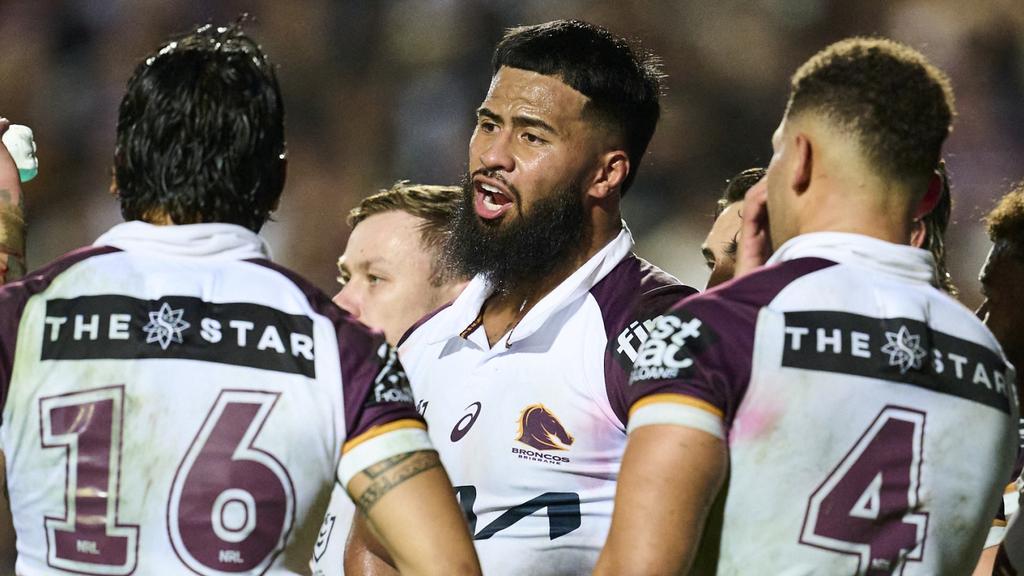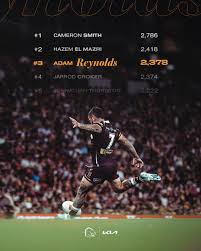Why Payne Haas’ brilliance may be Brisbane’s burden: the superstar prop could be blocking the Broncos’ path to premiership glory.
Payne Haas is arguably one of the most dominant forwards in rugby league history. With four Dally M Prop of the Year titles by the age of 25 and consistent selection for both New South Wales and Australia, he’s a physical powerhouse with unrivalled work ethic and performance. Yet, despite having this superstar in their ranks, the Brisbane Broncos have failed to capture a premiership in the Haas era. This contradiction is the basis of an uncomfortable question: Could it be that Haas is too good for the Broncos to build a title-winning team around?
At the club level, Haas’ brilliance hasn’t translated to championship success. Over the course of several coaching tenures—five to be exact—the Broncos have not managed to leverage his dominance into a title. This has led to a broader debate about salary cap strategy. Is it smart to spend a large chunk of the club’s budget on a single prop, even one as elite as Haas? Or would it be wiser to distribute that money across a more balanced roster?
Mixed Signals on Loyalty
Publicly, Haas has repeatedly declared his love for the Broncos and his desire to win a premiership with them. He has acknowledged the club’s support during his early-career missteps and insists he wants to repay them by delivering a title. But despite his words, his actions sometimes raise doubts.
For instance, his manager made Haas’ name available to speak with other clubs as soon as November 1 contract negotiations are open. Additionally, in 2022, Haas even asked for a release from his Broncos deal—something that left fans questioning his loyalty and booing him during games. Though the request was denied, it left a mark.
Veteran journalist Phil “Buzz” Rothfield suggests there’s a disconnect between Haas’ public statements and his private intentions. According to Rothfield, Haas and his management are merely “saying the right things” as a form of PR. Behind the scenes, it’s far from guaranteed that he will stay in Brisbane long-term. With three NRL clubs now based in southeast Queensland, he wouldn’t even have to move far to explore better financial or team options.
The Wayne Bennett Perspective: How Valuable is a Prop?
Wayne Bennett, the most successful coach in NRL history, has long held the belief that props are essential but not worth elite-level salaries. He once stated that no prop should earn more than $300,000 a year, arguing they don’t directly win titles. Though he’s acknowledged Haas as an “exception,” the logic still holds: Even a once-in-a-generation prop doesn’t necessarily bring championships.
The Broncos awarded Haas a massive $3.5 million deal over three years in 2023—shortly after a strong season that ended in grand final heartbreak. However, since then, the team’s performance has plummeted. In 2024, they missed the finals altogether, and in 2025, they narrowly cling to the top eight after a seven-game losing streak. Despite Haas’ consistent dominance—leading in meters and defensive stats—the team’s results haven’t followed.
Rugby league success, many argue, is driven by the “spine”: fullback, hooker, five-eighth, and halfback. Teams investing wisely in those positions tend to outperform sides built around dominant forwards. The Broncos’ failure to win the 2023 grand final—even with a forward pack full of representative players like Haas, Carrigan, and Flegler—emphasizes this truth.
Haas also played during the club’s worst-ever season when they finished last. His individual stats have always been strong, but championships are won by cohesive, well-balanced teams—not lone standouts.
The Statistical Beast
Make no mistake: Haas is a physical marvel. In 2025, he’s averaged around 16 hit-ups per game, generated over 900 post-contact metres, and maintained a tackle efficiency above 98%. These are superhuman numbers for a front-rower. He’s also the highest-paid prop in rugby league history—deservedly so from a performance standpoint.
Still, even with stars like Adam Reynolds and Reece Walsh in the mix, the Broncos haven’t clicked consistently. The overreliance on Haas’ dominance raises concern about team structure. If he absorbs a disproportionate share of the salary cap, it hampers the club’s ability to build out a spine that can turn meters into match-winning plays.
What Other Teams Are Doing
Clubs like the Warriors and Bulldogs are using very different strategies. The Warriors, currently tied for first on the ladder, don’t have a star-laden forward pack, yet continue to win through grit and teamwork. Even when they lost their top-performing front-rower, Mitch Barnett, they didn’t miss a beat.
The Bulldogs, meanwhile, have chosen to invest in their spine rather than their front-row. Their forward pack consists of mostly mid-tier contracts, and they rely on collective effort rather than one superstar. This has made them competitive, and their financial flexibility could bear fruit in seasons to come.
Given these examples, one has to ask: Why spend over $1 million on a “meter-eater” if he can’t convert that into titles?
The Human Side of the Deal
Payne Haas’ situation is also complicated by personal circumstances. He has two children and is the legal guardian of his younger siblings. While he insists that money isn’t his top concern, financial security will undoubtedly influence his next move.
Reports indicate that Haas could command up to $1.6 million per year if he enters the open market. Clubs like the Perth Bears, set to join the league in 2027—coincidentally the year Haas’ contract ends—might offer eye-watering deals to attract him. He will have to choose between loyalty, family, and financial stability.
Interestingly, the fact that his contract talks have remained unresolved, and that his name has been floated to other clubs, may be part of a calculated media strategy—to delay speculation until negotiations formally begin.
Is Haas Too Good?
There’s a growing belief that Haas may be too effective. Because he’s so dominant, teams might become over-reliant on him, leading to imbalanced rosters. In a strange twist, his greatness could be holding the Broncos back. To win a premiership, he may need to take a pay cut—or move to a more balanced side where he isn’t carrying the entire load.
Ultimately, Payne Haas is a unique and generational talent. But paradoxically, his presence—alongside the massive salary that comes with it—may be the very thing preventing Brisbane from achieving premiership glory.
In chasing the dream of a title, both he and the Broncos may have to ask: Is being the best prop in the world enough to win a premiership in today’s NRL? The answer, as of now, appears to be no.



